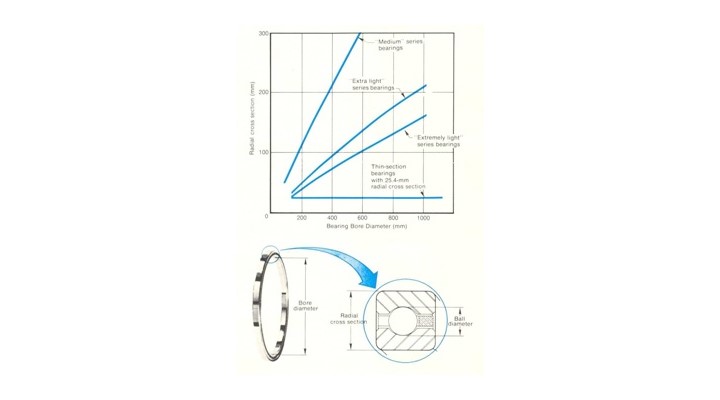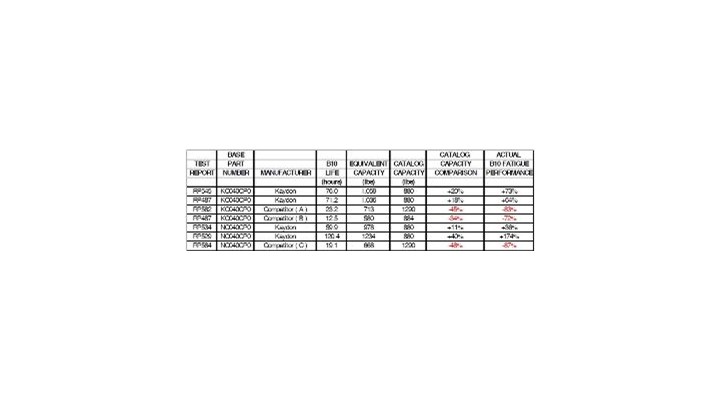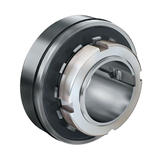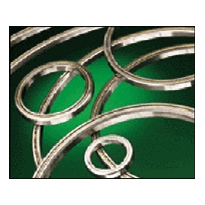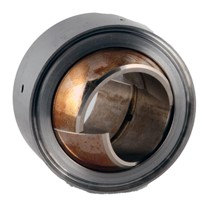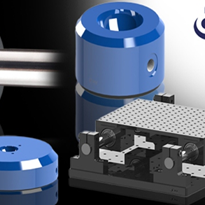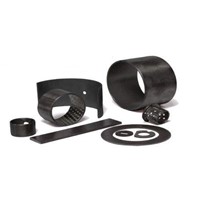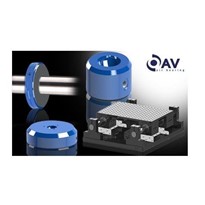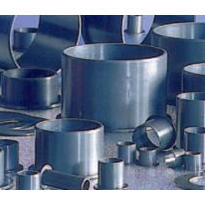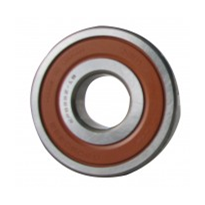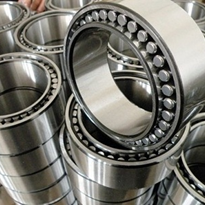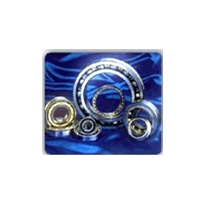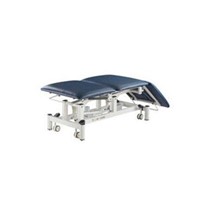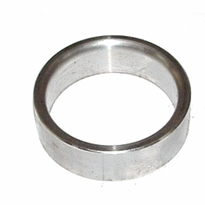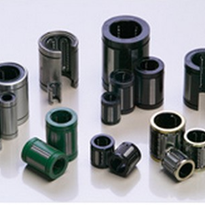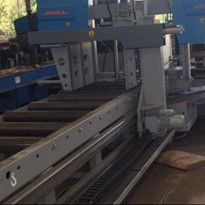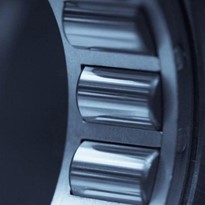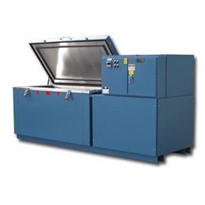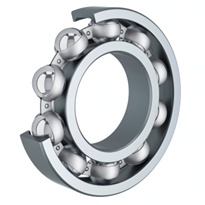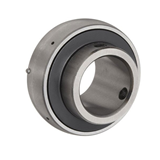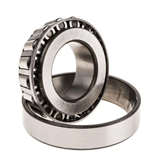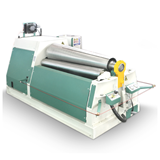The US Army Air Corp contacted Kaydon Engineering Corporation to engineer and build a light-weight, thin-section ball bearing for a ball gun turret to be used on an aircraft. This bearing became the inspiration for a catalog line of thin-section ball bearings known today as REALI-SLIM.
In many applications, shafts supported by bearings are lightly loaded. Shaft position with respect to the housing or other components is critical. These designs do not need big, heavy bearings and can be supported adequately by thinner bearing races manufactured to close tolerances. Kaydon had identified a need for a bearing that was capable of saving space in designs and reducing overall weight. Thinner bearing races and cross sections allowed designers to also reduce the size and mass of the shafts and housings for even greater space and weight savings.
When is a bearing thin-section? Rolling element bearing dimensions have been standardised by the ABMA so that for a given bore diameter, bearings are manufactured with different outside diameters. For a given outside diameter bearings are made in different widths. Each bearing belongs to a dimension series that can be designated by diameter and width.
For a conventional series of ball bearings, radial cross section and ball diameter typically increase with bore diameter. Therefore, an increase in bearing weight is significant as bore diameter increases. The graph in Figure 1 compares conventional bearings with thin-section bearings illustrating this change in radial cross section with bore diameter.
Bearing weight can be reduced with thin-section bearings because for a given series of bearings, radial cross section and ball size remain constant. Generally, a bearing is considered to be thin-section when:
- Radial cross section is less than one fourth the bore diameter
- Radial cross section is less than twice the rolling element diameter
Benchmarking and Fatigue Life Testing:
As the world’s inventor and largest producer of thin-section ball bearings, Kaydon Bearings has devised methods for testing the fatigue life of REALI-SLIM bearings. Daily testing of production product has continued for over 40 years. The testing method is addressed in the section of this paper titled "Procedure For Testing Fatigue Life Of Reali-Slim Ball Bearings". Along with testing of Kaydon produced REALI-SLIM bearings we have also benchmarked most major known producers of thinsection ball bearings by subjecting their catalog equivalent bearings purchased through distribution to the same testing procedure.
Kaydon REALI-SLIM ball bearings outperform all thin-section ball bearings life tested to date (see TABLE A). Armed with this information, we set out to validate the capacity equations used in the ABMA / ISO standards. Our findings are listed in the following report in the section titled "New Kaydon Thin-Section Ball Bearing Capacity Calculations".
It is also important when comparing "catalog" bearings that appear to have the same or similar part number that all thin-section bearing are not created equal. There can be major differences in things that cannot easily be seen that can cause devastating reductions in bearing life and performance. Here is a short list of those differences:
- Ball grade
- Race and ball material and microstructure, inclusion rating
- Hardness of balls and races
- Ball and ball path surface finish (roughness and waviness)
- Method of manufacture grinding and honing of ball track (Some thin-section bearing manufacturers only hard turn the ball paths.)
- Truth of Curvature
- Contact angle
- Conformity (osculation)
- Runouts: radial, axial
- Cleaning process
- Residual magnetism
- Cold temperature stabilisation of races and balls
- Retained austenite
Click here to read full article



